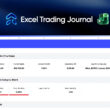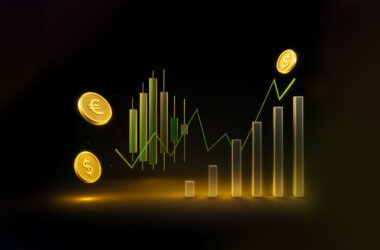What Is High Frequency Trading and Why Does It Matter?
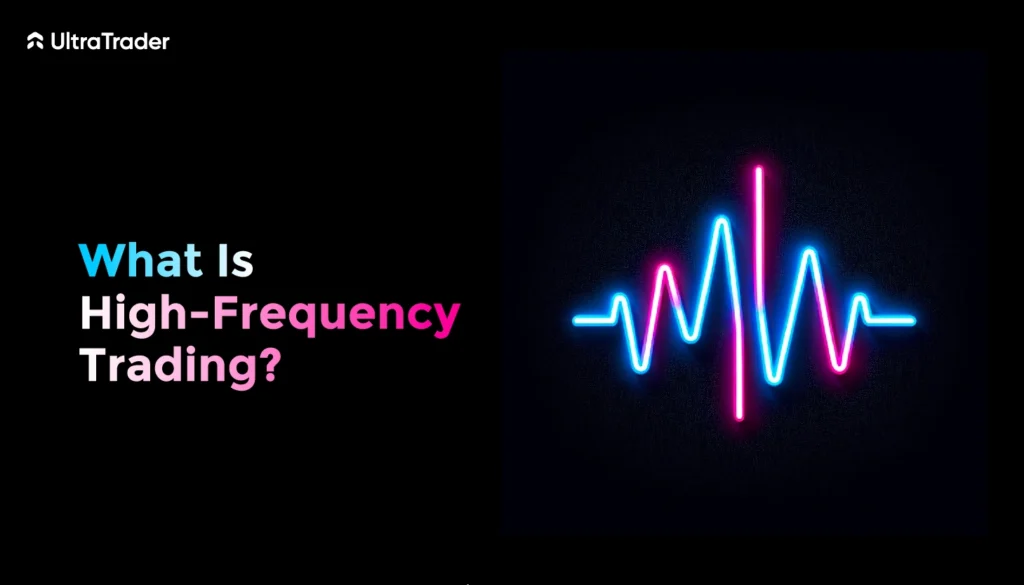
High-Frequency Trading (HFT) refers to the use of sophisticated technological tools and computer algorithms to trade securities at extremely fast speeds. HFT firms leverage cutting-edge technology to move in and out of positions in fractions of a second, often capturing minute price discrepancies across different trading venues. This form of trading has become increasingly prevalent in the financial markets, driven by its ability to make markets more efficient through increased liquidity and tighter spreads. Understanding HFT is crucial, as it plays a pivotal role in the modern trading ecosystem, affecting everything from market dynamics to the strategies employed by both large and small market participants.
Core Concepts of High-Frequency Trading
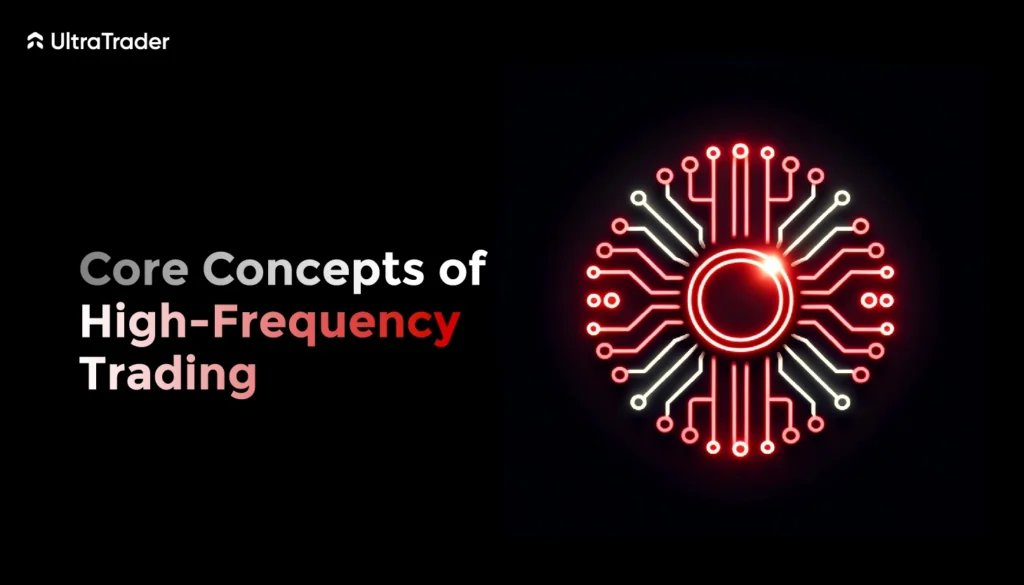
How Does High-Frequency Trading Work?
HFT combines algorithms, advanced mathematics, and high-speed data networks to analyze markets and execute orders at speeds unimaginable to human traders. These systems are capable of processing large volumes of orders at very high speeds, with latencies, or response times, measured in microseconds or milliseconds. The infrastructure is highly sophisticated, involving co-location services to reduce transmission time for data and trades, as well as direct electronic access to exchanges and dark pools.
What Are the Key Strategies Utilized in High-Frequency Trading?
High-frequency traders employ a variety of high-frequency trading strategies to capitalize on very short-term market inefficiencies. These strategies include:
- Arbitrage: This involves exploiting price discrepancies between two more markets or securities, such as index arbitrage, statistical arbitrage, and triangular arbitrage.
- Market Making: High-frequency traders provide liquidity by continuously buying and selling securities, earning the spread between the bid and ask prices.
- Event Arbitrage: These strategies capitalize on price movements caused by scheduled events such as earnings announcements or economic data releases.
- Momentum Trading: Algorithms are used to detect trends and enter trades to exploit these movements, often exiting the positions within minutes or seconds.
Each strategy leverages technology to gain an advantage over slower market participants, exploiting small opportunities that exist for only moments.
Benefits and Risks of High-Frequency Trading
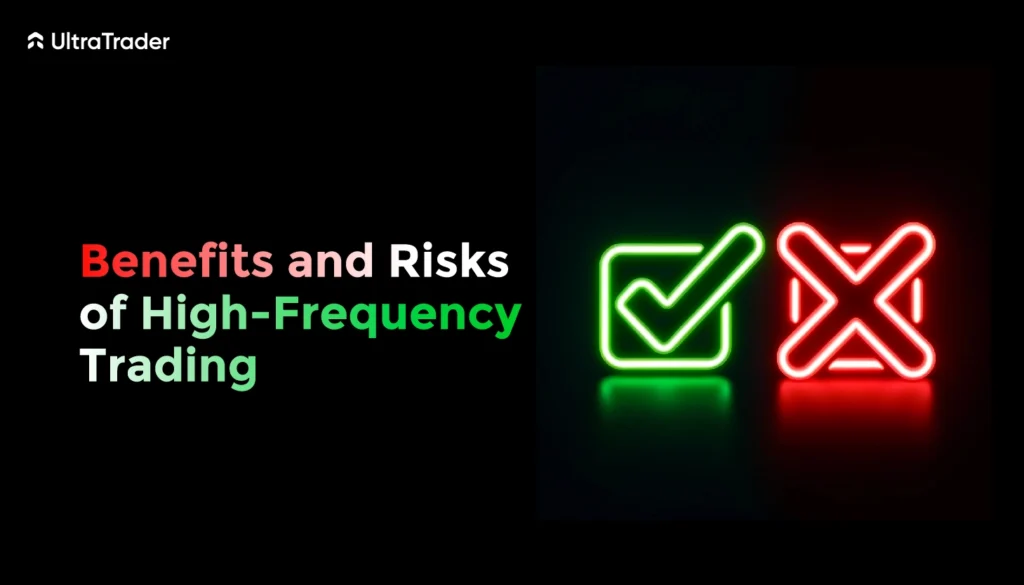
Why Do Markets Benefit from High-Frequency Trading?
he primary benefit of high-frequency stock trading, along with other forms of HFT, is its contribution to market liquidity and efficiency. High-frequency traders often act as market makers, filling the gap between bid and ask prices, thus reducing the cost of trading for everyone. They also contribute to price discovery, as their activities help reflect new information into prices more quickly and accurately.
What Are the Risks Associated with High-Frequency Trading?
Despite its benefits, HFT is not without its risks. The same speed and automation that allow for efficiency also create potential for significant errors or even market crashes, as seen in the 2010 Flash Crash. There are also concerns about the systemic risk introduced by automated trading systems, as they can amplify certain market trends and potentially lead to large-scale market disruptions.
Practical Applications of High-Frequency Trading
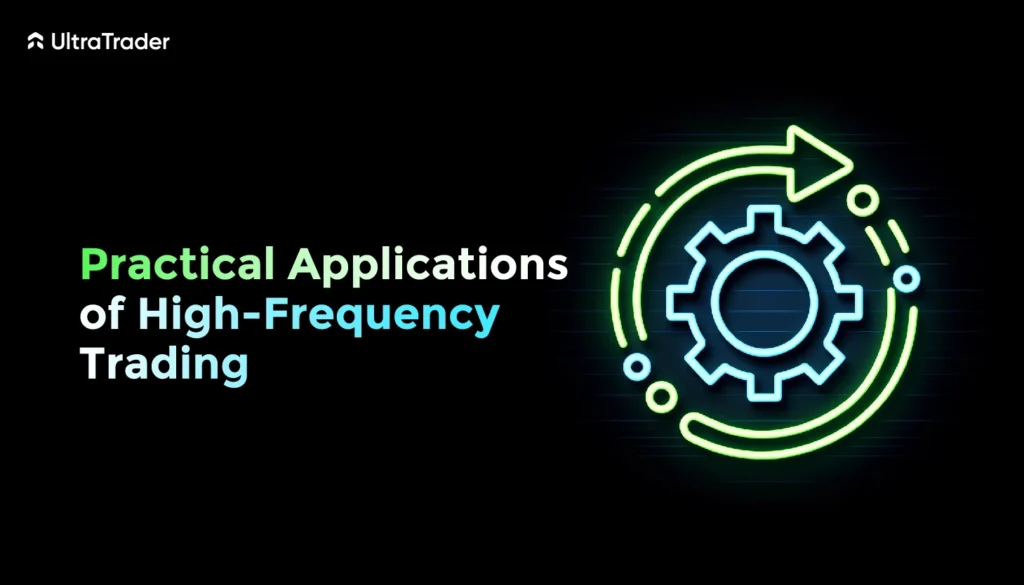
Real-World Examples of High-Frequency Trading in Action
HFT is prevalent across numerous scenarios in the financial markets. For example, HFT strategies were evident during the U.S. Treasury flash crash of 2014, where high-frequency traders played roles as both contributors to and stabilizers of market volatility, depending on their strategies and timing.
How Is High-Frequency Trading Used in Stock vs. Cryptocurrency Markets?
The application of high-frequency stock trading is well-established, supported by decades of technological advancement and regulatory development. Stock markets have specific rules governing trading behaviors, including those of high-frequency traders, which help maintain market orderliness. Conversely, the cryptocurrency markets are newer and less regulated, presenting a wild west landscape for HFT. The volatility of these markets, combined with fewer trading rules, creates both larger risks and potentially higher rewards for high-frequency traders.
Regulatory and Ethical Considerations
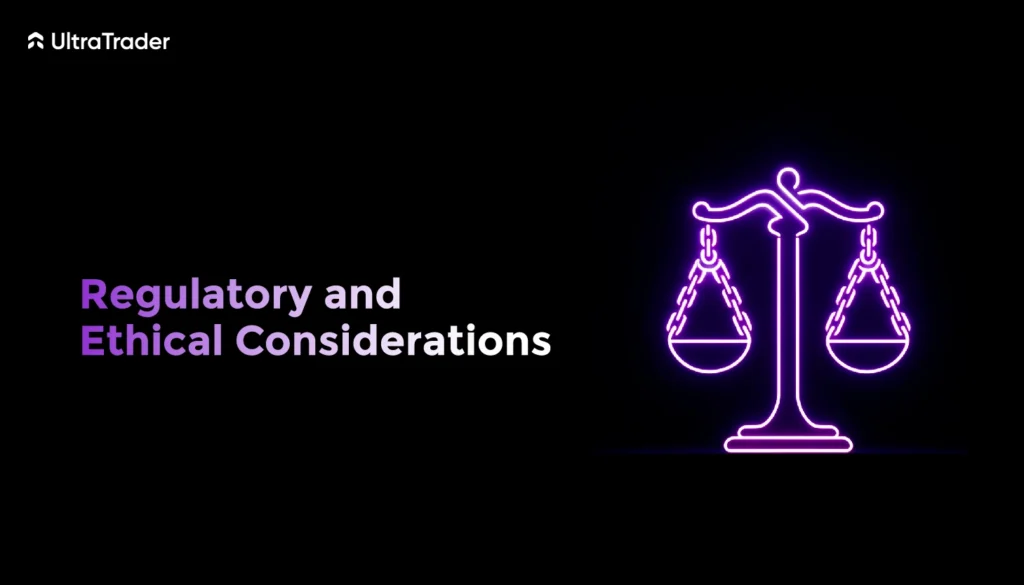
How Is High-Frequency Trading Regulated?
Regulatory frameworks for HFT vary by country but generally aim to prevent abuses such as market manipulation and insider trading. In the United States, the SEC and CFTC have developed several regulations that address aspects of high-frequency trading, including measures to ensure stability and transparency in the markets.
Ethical Considerations of High-Frequency Trading
The ethics of HFT are hotly debated. Critics argue that HFT creates an uneven playing field and could lead to markets that favor speed and sophistication over fundamental trading practices. Furthermore, the potential for HFT to trigger unexpected market volatility can lead to calls for stricter controls to prevent possible negative outcomes.
In addition to regulatory and ethical considerations, the disciplined use of a stock trading journal is crucial for high-frequency traders. Maintaining a detailed journal helps traders track their strategies’ performance, understand their decision-making processes under rapid conditions, and comply with regulatory requirements for transparency and reporting.
What Does the Future Hold for High-Frequency Trading?
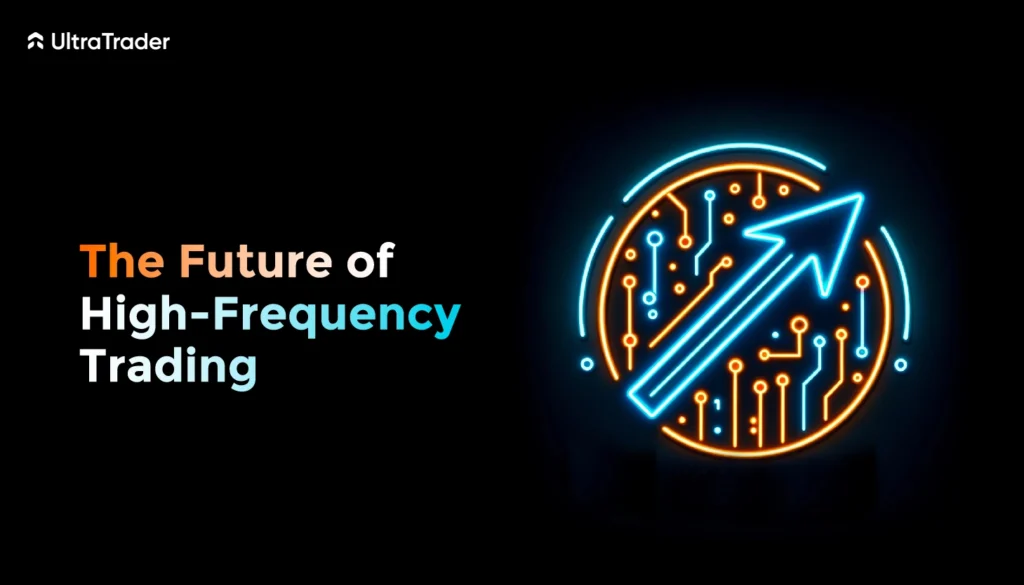
Emerging Trends and Technological Advancements
The future of high-frequency trading likely involves further integration of advanced technologies like artificial intelligence and machine learning. These developments promise to make high-frequency trading strategies even faster and more predictive. As algorithms become more sophisticated, they are expected to drive the creation of new trading strategies that push the boundaries of speed and efficiency even further.
Long-Term Impact on Global Trading
The long-term implications of HFT are complex and multifaceted. While it enhances market efficiency, questions about its broader impact on market stability and integrity remain. As technology evolves, so too will the strategies, regulations, and ethical debates surrounding high-frequency trading, making it a continually relevant topic for market participants and regulators alike.
Conclusion
High-Frequency Trading is a significant force in today’s financial markets, with profound implications for liquidity, market structure, and trading costs. It represents both the pinnacle of trading technology and a challenge to traditional trading methodologies. As we look to the future, the evolution of HFT will undoubtedly continue to influence the landscape of global finance, necessitating ongoing dialogue, regulation, and adaptation to ensure it contributes positively to the functioning and fairness of markets. Furthermore, understanding the trading psychology tips can greatly benefit traders in navigating the high-pressure environment of high-frequency trading, helping them make more informed decisions amidst rapid market changes.


